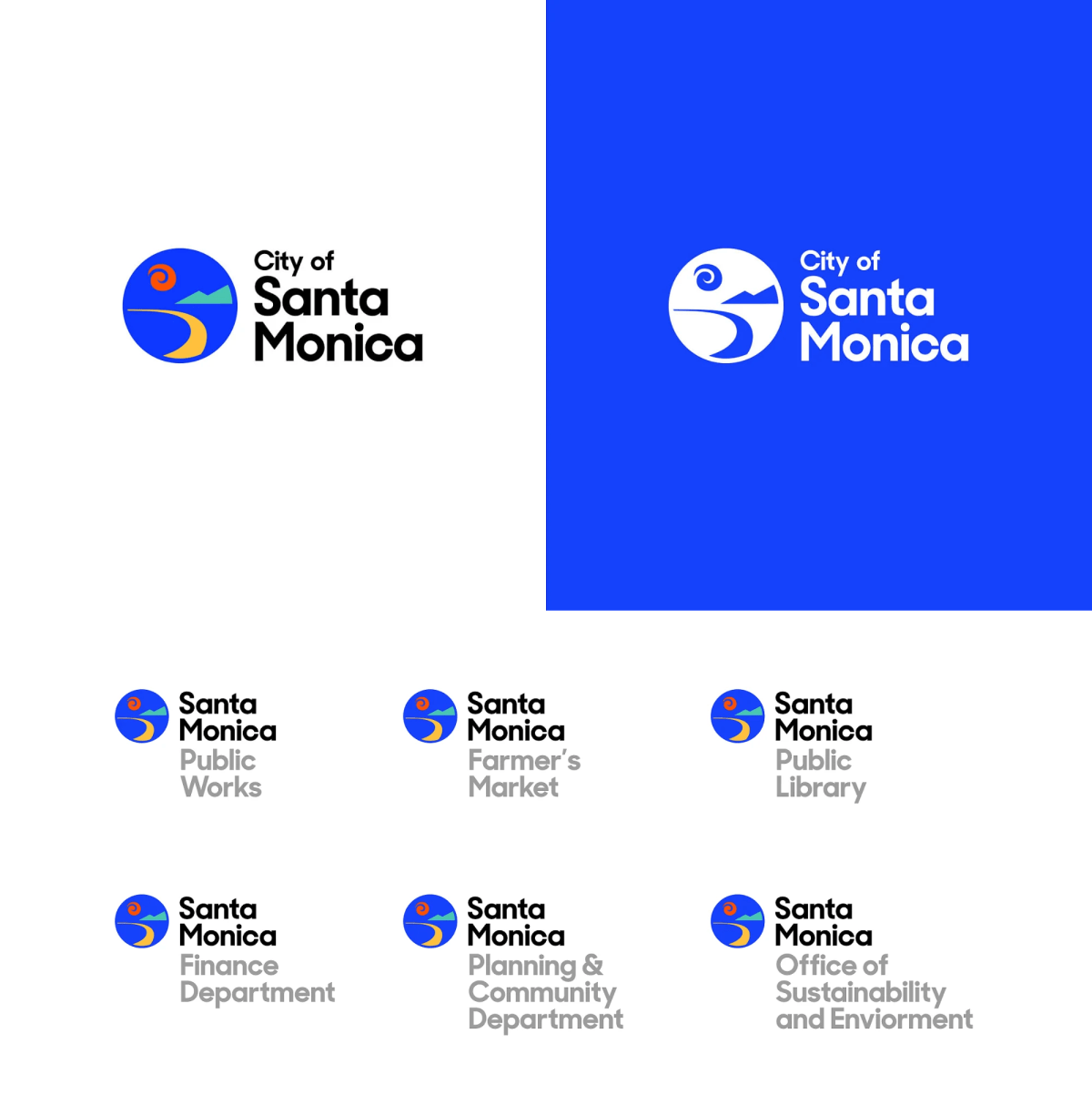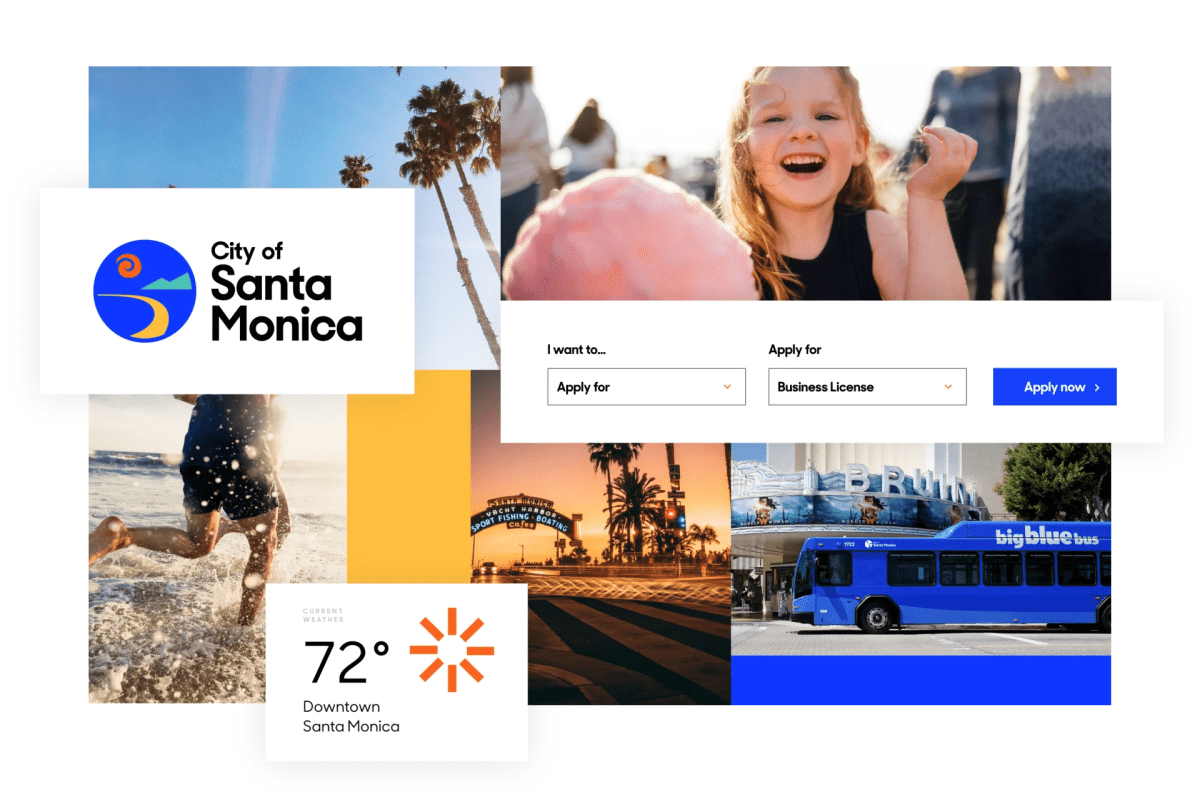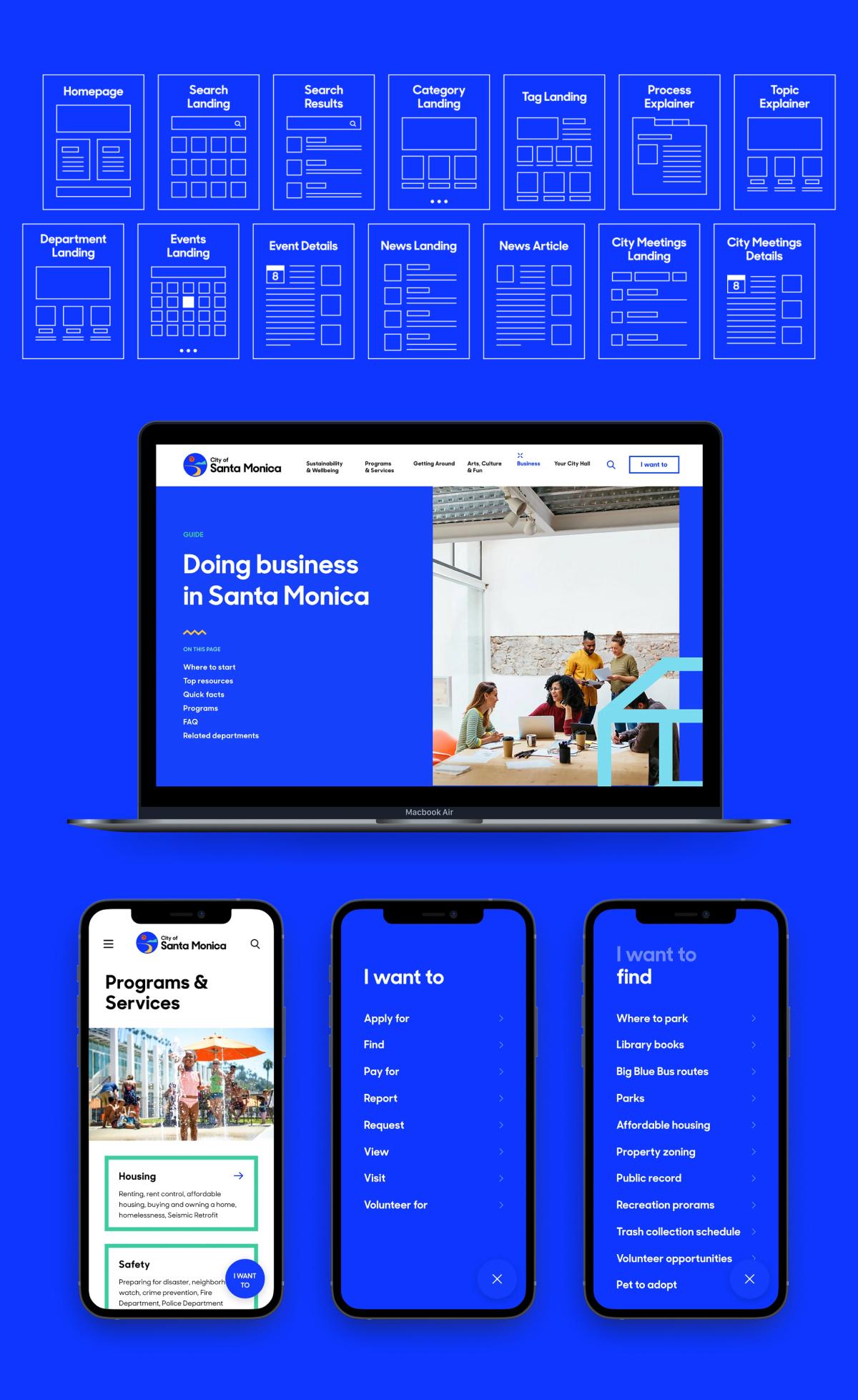
Crafting information architecture for the City's new digital town hall
Overview
Santa Monica is a quintessential beachfront city situated in western Los Angeles County, California. The city reached out to Edenspiekermann with a request to design and develop an intuitive and user-friendly digital town hall that provides easy access to information for both the city's residents and visitors.
As the User Experience Design Lead and Information Architect I led a team of multidisciplinary designers in this effort.
My role
UX Research and Design
Information Architecture
Content Strategy
Agency
Edenspiekermann
Visit site
Challenge
Despite having a wide range of services to offer, the city of Santa Monica struggled to make them easily accessible and visible on smgov.net. The website was organized by department and featured numerous microsites, each with its unique navigation and content standards. The lack of consistency and user-friendly design made it difficult for people to find and use the services they needed.
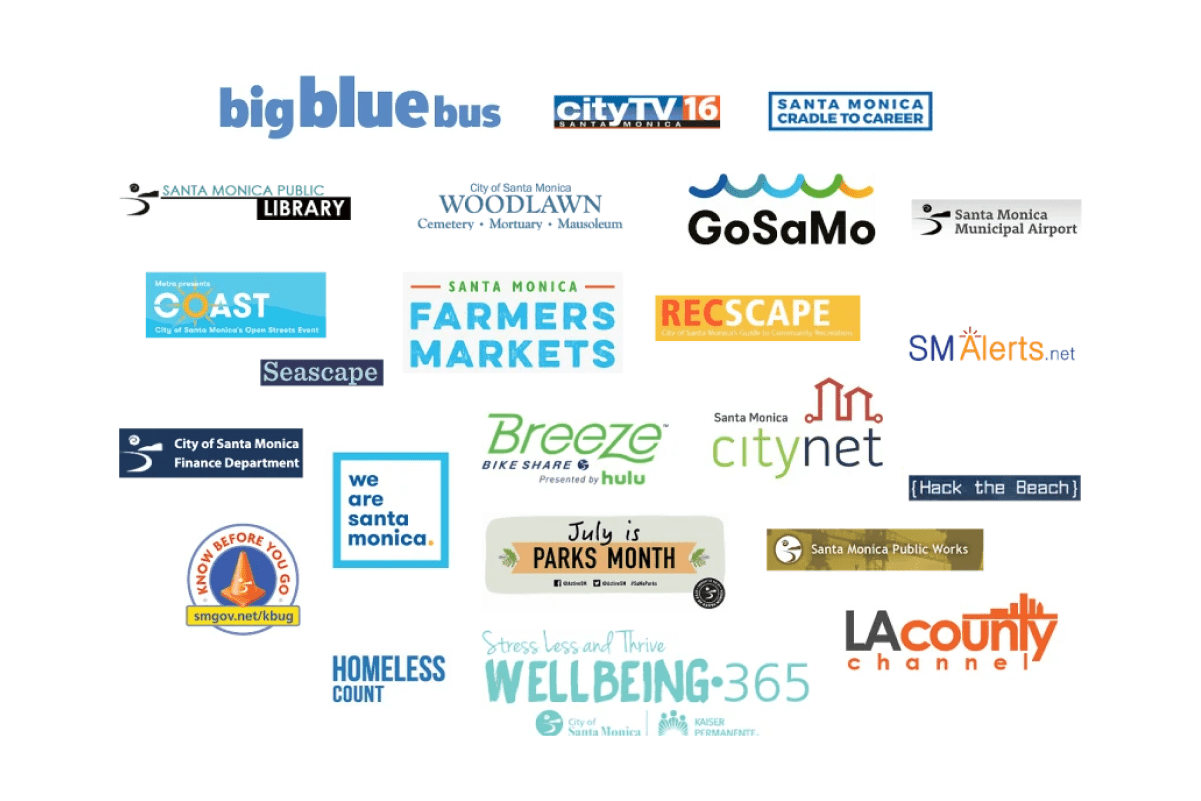
Discovery phase
When we first partnered with the City of Santa Monica, their digital strategy was already established. Our primary goal was to ensure that their vision was realized through a user-centered digital experience on their new website.
To accomplish this, our team collaborated with over 130 stakeholders to gather insights on the needs of both internal and external users. These interviews were essential in defining the scope of work required to develop a comprehensive, 24/7/365 digital city hall.
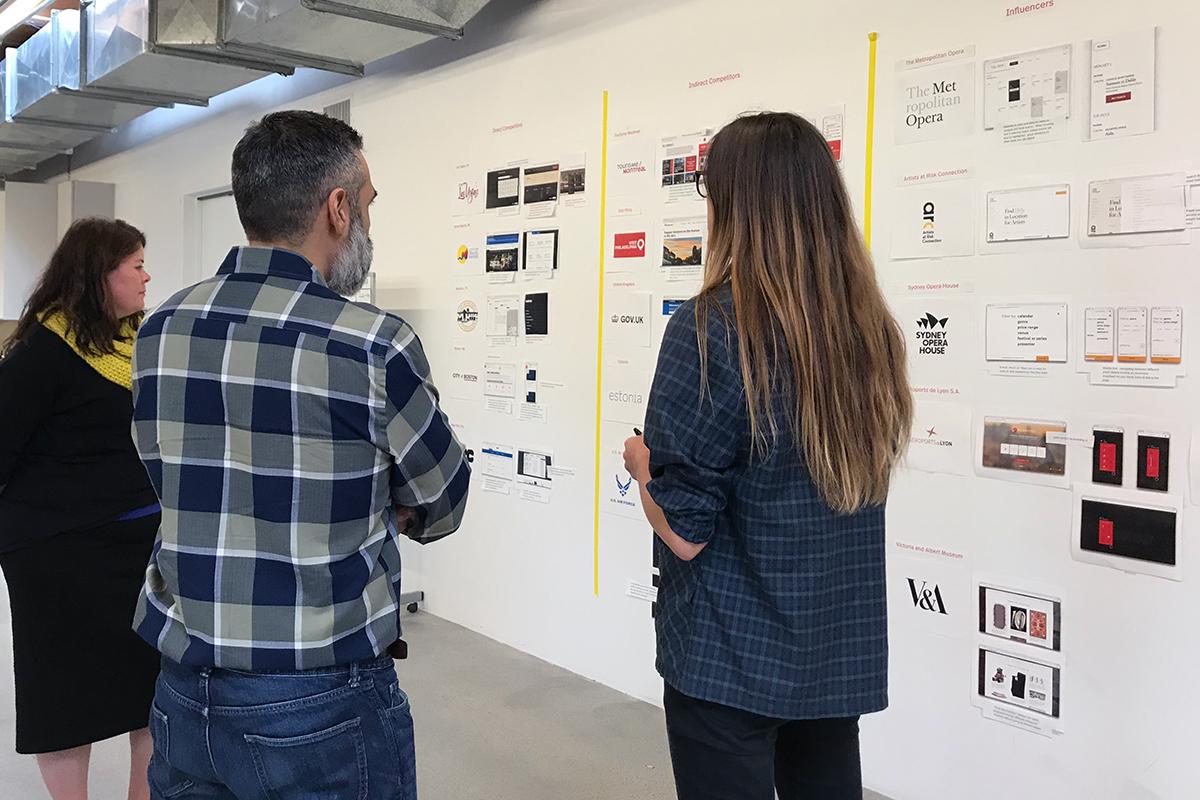
After conducting the interviews, our next major task was to conduct a content audit. We analyzed and assessed over 22,000 pieces of content spread out across the City's existing digital ecosystem. It quickly became apparent that the current information architecture was hindering users' ability to discover everything that the City had to offer, resulting in fragmented user journeys.
While individual departments may operate in silos, users do not perceive the City as a collection of departments. Instead, they view it as a unified entity full of places and services that exist for their benefit. For instance, a person looking to start a business in Santa Monica expects to find all the relevant information in one place, rather than having to search for scattered information across various branches of the government.
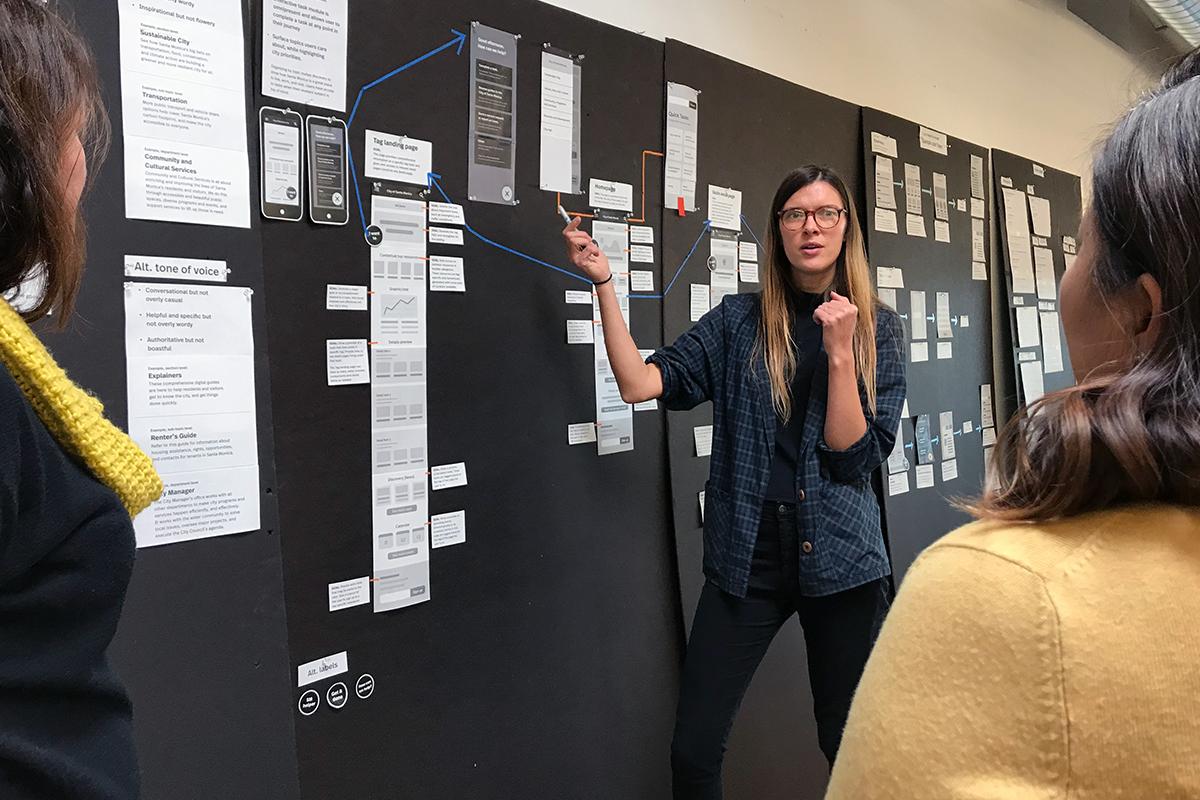
Another significant insight was that the average user visiting the City's website had both transactional and exploratory needs. Therefore, we could not prioritize one over the other.
Based on these insights, we developed an information architecture solution that equally emphasizes both enabling task completion and providing users with information and services they may not have been aware of previously.
Solution
Instead of structuring the website based on city departments, we opted for a more user-friendly content organization system based on topics. Moreover, we ensured that users have multiple methods to access the information they require. The following are the fundamental principles that guided our topics-based information architecture concept:
- Topics rather than city departments based main site navigation that help surface topics users care about, while highlighting city priorities.
- Scalable site hierarchy expressed through a definition of a set of modular page types (content modeling and definition of content priority guides were crucial steps in this process).
- An ever-present “I want to…” task component that provides users with one-click-away access to themed task/transaction list and, as a result, better facilitates user/City transactions, internally and externally.
- Topics-based focused search experience to help user quickly search for information and then narrow down their search results.
Brand identity
Edenspiekermann was also tasked with developing a visual identity system that better reflected the City of Santa Monica's position as a 21st-century government. I took charge of revising the City's brand architecture, which previously had more than 65 logos. Our objective was to create a clear and impactful communication messaging by focusing on a recognizable asset: an umbrella brand that elicited positive emotions and familiarity. The outcome is a cohesive brand architecture that is instantly recognizable and easy for the City to adopt.
